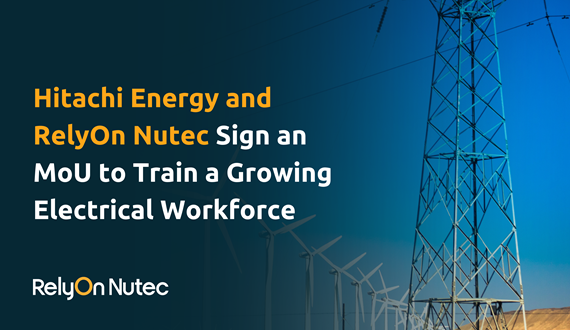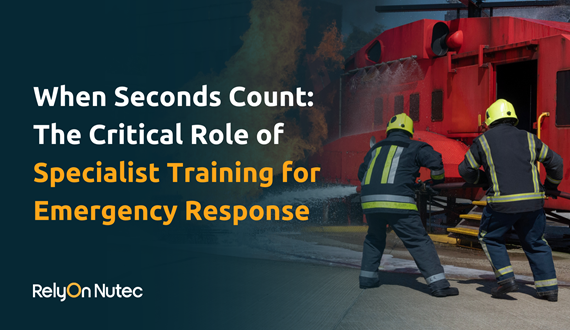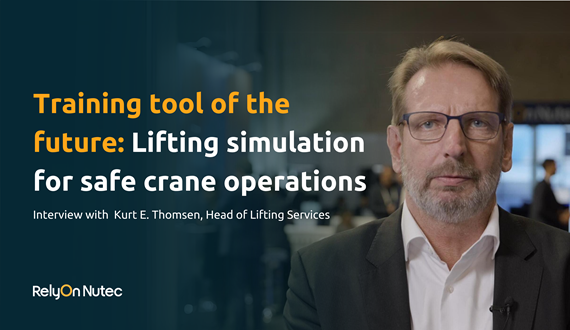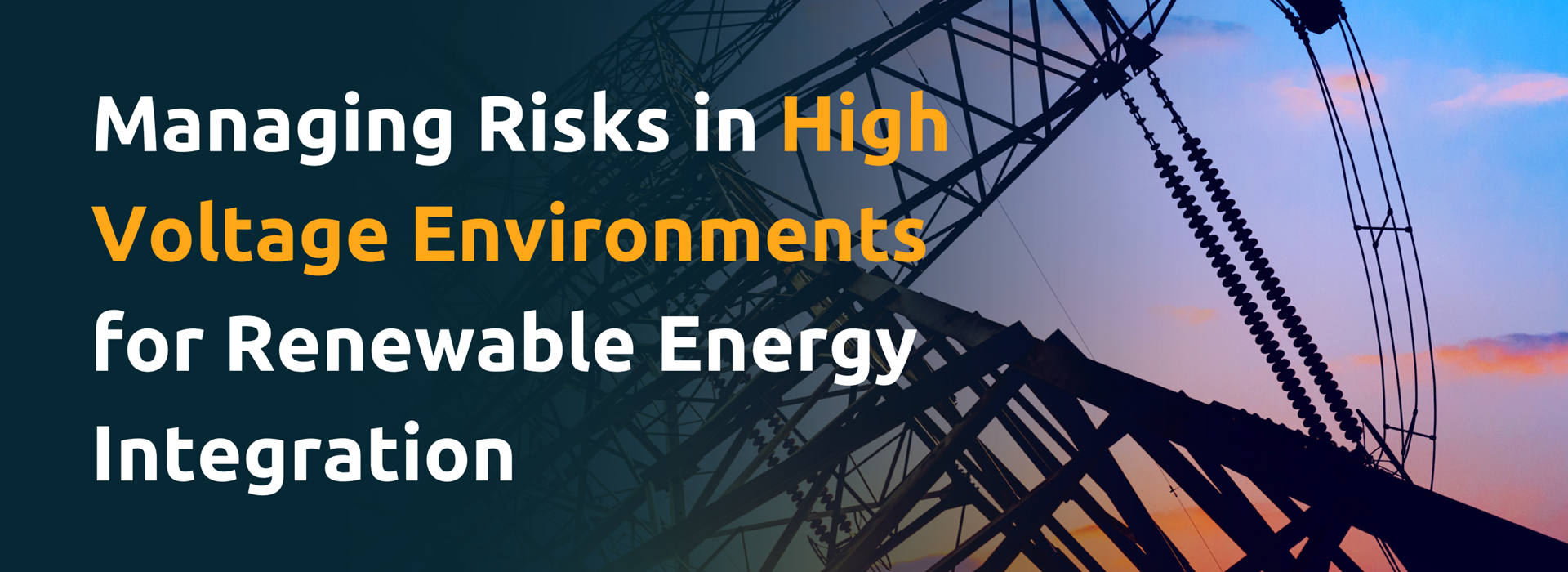Ok
Complex circuits operating at an alternating (HVAC) or direct current (HVDC) at high voltage are the backbone of efficient energy distribution and transmission systems. High-voltage systems make possible the transportation of electricity over long distances from the point of generation to transformer substations. The increasing demand for renewable energy further shapes the trends on the high voltage technology market, making its role more prominent than ever for a sustainable and balanced electrical infrastructure. As industrial electrification experienced a steady growth over the past few years, the effective storage and safe transmission of electricity became a paramount part of the energy supply industry.
Key to an efficient Energy Transmission System
High voltage systems play a pivotal role in the integration and transmission of renewable energy resources. As the demand for clean and sustainable energy sources grows, so does the need for efficient transmission infrastructures. High voltage systems enable the long-distance transport of electricity between countries (e.g. HV cable interconnectors) and from renewable energy generation sites, such as wind farms and solar power plants, to population centers and industrial hubs. This is crucial because renewable energy resources are often located in remote areas with abundant natural resources but limited grid connectivity.
With the installation of high voltage transmission lines, energy losses during transportation can be minimized, ensuring that the electricity generated from renewables reaches industrial centers with minimal wastage. As a growing number of industries rely on a stable and robust electricity grid supplied by high voltage networks to operate efficiently and reduce carbon emissions, high voltage systems serve as the backbone of the transition towards a sustainable energy future by facilitating the integration and the widespread adoption of renewable energy resources and electrification technologies.
Working with High Voltage
Safety associated with HV systems is therefore paramount even more in this period of rapid growth and development of energy infrastructure. However, coming in close contact with HV systems can cause serious damage to both personnel and assets such as electric shock, arc flash, fire, explosion, and electromagnetic interference. Continuous improvements, development of best practice(s) and regular monitoring and updating of industry standards and regulations are essential to manage the complexity of high-voltage systems and to ensure safety in every situation. In order to minimize the risks associated with high-voltage network set-up and maintenance across different regions, it is imperative to develop and maintain a holistic approach on relevant processes and procedures.
Five safety measures to consider working on HV systems
- Risk Assessment: Before starting any work on HV systems, conduct a thorough risk assessment to identify potential hazards. This assessment should include evaluating the voltage levels involved, the presence of exposed conductors, the risk of arc flash or electric shock, and the adequacy of protective measures.
- Personal Protective Equipment (PPE): Always wear the appropriate PPE when working with HV systems. This typically includes insulated gloves, safety glasses or face shields, flame-resistant clothing, and insulated footwear. PPE serves as a crucial barrier between you and the electrical hazards, reducing the risk of electric shock, burns, and other injuries.
- Lockout/Tagout (LOTO): Before performing maintenance or repair work on HV systems, ensure proper lockout/tagout procedures are followed. This involves isolating the power source, locking it in the off position, and tagging it to indicate that maintenance work is in progress. LOTO procedures prevent accidental energization of the system, reducing the risk of injury to workers.
- Safe Work Practices: Adhere to safe work practices when working with HV systems. This includes maintaining a safe distance from live conductors, avoiding working alone whenever possible, and following established procedures for testing and verifying de-energization. Never assume that equipment is de-energized; always use appropriate testing devices to confirm.
- Training and Competence: Ensure that individuals working with HV systems receive adequate training and are competent to perform their tasks safely. Training should cover topics such as hazard recognition, emergency procedures, proper use of equipment, and compliance with relevant safety standards and regulations. Regular refresher training is also important to reinforce safety awareness and update skills as needed.
Solutions for risk prevention, assessment, and efficient management
Maintaining and managing a safe work environment is a team effort. Through proper safety training and digital solutions RelyOn Nutec can assist industry players to remain prepared, competent and compliant with safety regulations at all times.
RelyOn Nutec’s compliance and competence management system, RIDER, provides a real-time competence status of the workforce, supports assessment plannings, maintains and provides a full record of all assessments that have been done before. RIDER offers solutions for managing people, processes, and assets efficiently in the face of the rapidly evolving energy supply industry.
Furthermore, RelyOn Nutec control of work system WorkSafe is designed to facilitate risk management, operational optimization, and the cultivation of a safety-oriented culture within high-risk industries. WorkSafe’s platform enables companies to manage workflows, documentations, isolations, and work permits thus enhancing efficiency across the entire organization. Preliminary risk assessments help in minimizing risks, and potential hazards such as electrical shocks, burns and other accidents related to high voltage safety. Additionally, WorkSafe provides tools for real-time monitoring, keeping everyone safe and alert around the clock.
Complimentary to our digital solutions, RelyOn Nutec also offers an extensive range of low voltage and high voltage training courses designed to empower professionals to manage the risks inherent in electrical systems. The development of electrical training courses is progressing, while also establishing relevant electrical facilities in Europe and in the UK.
Besides our on-site trainings at various training centers in several locations, where participants can gain invaluable experience with practical and scenario-based approaches, RelyOn Nutec aims to utilize innovative learning solutions and advanced training methodologies. Including AI-powered adaptive learning technology and blended teaching, we ensure that individuals and organizations stay abreast of the latest safety protocols. Our focus on contextualization ensures that the training content is tailored to align with local and industry-specific regulations.
Conclusion
In summary, high-voltage systems are integral to the efficient transmission and integration of renewable energy resources, playing a crucial role in meeting the growing demand for sustainable electricity. While these systems offer significant benefits, they also pose inherent risks that require careful management and adherence to stringent safety measures. Through comprehensive risk assessment, proper training, and the use of advanced digital solutions RelyOn Nutec is committed to helping industries navigate the complexities of high-voltage environments while prioritizing safety and compliance.
Discover our trainings, and digital solutions, book a demo for WorkSafe or RIDER on our website!
Next read
-
 Article 2. May 2024
Article 2. May 2024 -

From Investments to Impact: Investing in Green Careers
Amidst a surge in global investment towards the green energy transition, there is an imperative for skilled human capital and robust safety measures. As industries shift towards decarbonization, challenges such as skill shortages and regulatory compliance emerge as pivotal concerns. RelyOn Nutec's modular workforce management platform addresses these challenges by offering comprehensive solutions for managing people and processes ensuring safety and compliance in safety-critical industries.
Article 2. April 2024 -
 Article 21. March 2024
Article 21. March 2024 -

RelyOn Nutec Delivered Strong Performance and Continued the Strategic Transformation in 2023
Copenhagen, 20 March 2024
Article 20. March 2024 -

RelyOn Nutec completes acquisition of Thomson Bridge and accelerates global electrical play
Effective March 15th, RelyOn Nutec has acquired the remaining shares in Thomson Bridge, bringing the ownership to 100%.
Article 15. March 2024 -

When Seconds Count: The Critical Role of Specialist Training for Emergency Response
Cath Liebnitz, Centre Director, RelyOn Nutec UK and Craig Ross, The Fire Training Group
Article 12. March 2024 -

Training Tool of the Future: Lifting Simulation for Safe Crane Operations
Interview with Kurt E. Thomsen, Head of Lifting Services
Article 5. March 2024
